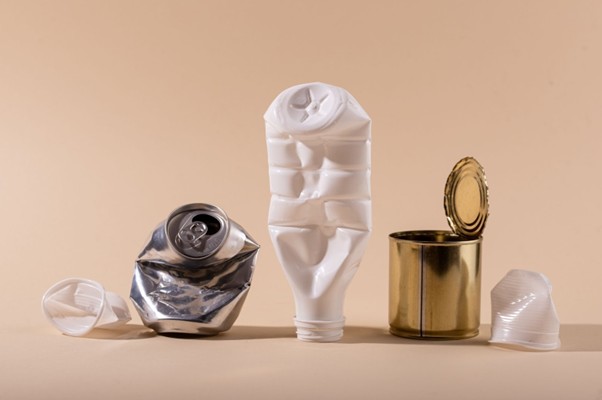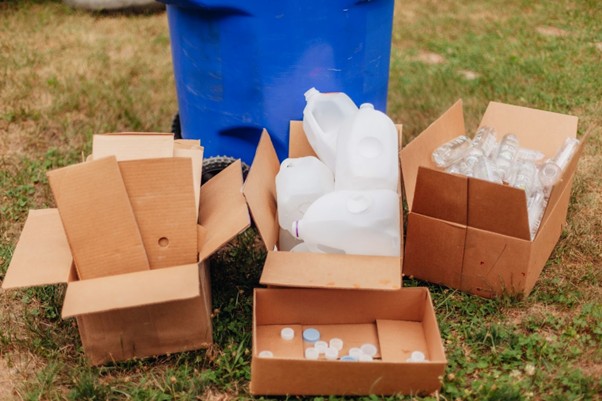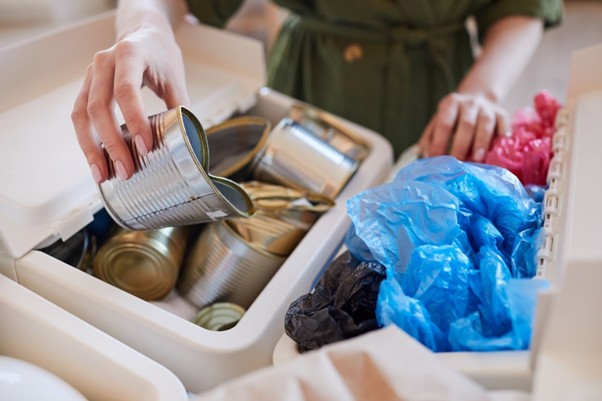What you need to know about the new EU Packaging and Packaging Waste Regulation
In February, the new Packaging and Packaging Waste Regulation 2025/40 (PPWR) came into effect in the EU. Its requirements will apply from August 2026.
What you need to know about the new EU Packaging and Packaging Waste Regulation
The packaging industry is undergoing a major legislative shake-up.
In February, the new Packaging and Packaging Waste Regulation 2025/40 (PPWR) came into effect in the EU. Its requirements will apply from August 2026.
The PPWR replaces the existing Packaging and Packaging Waste Directive 94/62/EC (PPWD) which has been in effect since 1994.
The PPWR applies to all businesses placing goods on the EU market, regardless of where they are based. This means that it's not just companies based in the EU who need to comply with the requirements.
At the same time, in the UK the new Extended Producer Responsibility (EPR) requirements for packaging are coming into play.

What is changing?
The new PPWR aims to reduce the amount of packaging waste, make packaging more sustainable, and increase the amount of packaging that gets recycled in a consistent way across the EU.
This includes:
• New minimum recycled content requirements for plastic packaging, with increasing targets for 2030 and 2040.
• Almost all packaging to be recyclable by 2030 (with a few specific exceptions)
• Clearer labelling on packaging content and how to recycle it.
• Restrictions on some single-use plastics.
• Providing reuse or refill options whenever possible, at no extra charge.
• Avoiding unnecessary packaging and reducing the weight and volume of packaging as much as possible.
• Mandatory adoption of Deposit Return Schemes (DRS)
The PPWR also harmonises EPR requirements in the EU, where many countries have their own national schemes currently. EPR requires businesses to report on the amount of packaging they place on the EU market and to cover the cost of collecting, sorting and recycling the waste created by this packaging.
In the UK, new EPR requirements (known as pEPR) will mean that large producers of household packaging are now also responsible for the full costs of disposing of packaging waste, which will be paid to Local Authorities responsible for collecting and processing this waste.
The UK is also implementing legislation for its own DRS which will start coming into effect in October 2027.

What packaging is covered by the PPWR?
The simple answer is all of it.
The PPWR will apply to all packaging that is placed on the EU market as well as all packaging waste in the EU. It doesn’t matter where that packaging originates from, whether that’s manufacturing, offices, services, retail, distribution, households or any other industry.
What is classed as ‘packaging’ for the purposes of the regulation is also wide-reaching, including “any item designed to contain, protect, handle, deliver or present products to another operator or end user.”
Examples include sales packaging, whether that’s a sales unit or the end packaging to the final user, packaging to protect items in transport after an online purchase or to their point of sale, and take-away packaging that will be filled with food or drink.

What does this mean for the future of packaging design?
The new requirements cover the full packaging life cycle, which means much is going to rely on what happens at the design stage.
For waste to be reduced or packaging to be reused or recycled, it needs to be designed with those requirements in mind.
Designers are going to need to think about their choice of materials to find options that meet the legal requirements for recycled content and recyclability, as well as the unique storage and protection requirements of a specific product.
Alternatives to current materials may need to be explored, alongside investment into new more sustainable options. Some materials will become restricted and need to be designed out of packaging entirely, such as per- and polyfluorinated alkyl substances (PFAS) in packaging for food and single use plastics for some applications.
Reusable and refillable packaging designs will also have to be developed, both at the consumer end via things like deposit schemes and returnable containers, and the supply chain end through reusable transport and sales packaging.
Designers will need to explore ways to reduce the size and weight of packaging to the minimum needed for it to do its intended job. With less physical on-packaging space, designers will also need to find ways to incorporate branding and information within that space – including new standardised recycling labelling requirements.
QR codes and digital tracking will need to be incorporated in many cases to help provide information on recyclability and disposal, as well as track reusable packaging.
While this is just a snapshot overview of the new PPWR requirements, it's vital that all parts of the packaging and waste supply chains take the time to understand the new PPWR and start the process of adapting to meet them.
By Jack Stratten, Insider Trends, UK


